Introduction:
Does goodwill take broken vacuum cleaners of 2024
Goodwill is a well-known nonprofit organization that accepts various items as donations, including appliances, electronics, and household goods. When it comes to broken vacuum cleaners, whether or not Goodwill accepts them depends on their specific policies, the condition of the vacuum, and their ability to repair or resell the item. In this article, we will explore the factors that determine whether Goodwill accepts broken vacuum cleaners, including their donation guidelines, the condition of the vacuum, and alternative options for disposing of or recycling broken vacuums. By understanding these factors, individuals can better determine the best course of action for donating their broken vacuum cleaner.
Does goodwill take broken vacuum cleaners?
Does goodwill take vacuums?
Goodwill’s Donation Guidelines:
Goodwill has specific donation guidelines that outline the types of items they accept. While these guidelines may vary slightly between different Goodwill locations, they generally focus on accepting items that are in good, usable condition. Some key factors to consider include:
a. Working Condition: Goodwill typically accepts items that are in working condition. While they may be willing to repair minor issues, they generally prefer items that can be resold or provided to those in need without significant repairs.
b. Safety and Hygiene: Goodwill places importance on safety and hygiene. They may not accept items that pose a safety hazard or are unclean, as they want to provide their customers with quality goods.
c. Local Policies: Goodwill locations may have specific policies regarding the acceptance of broken items. It is essential to check with your local Goodwill branch to learn about their specific guidelines for broken vacuum cleaners.
Condition of the Vacuum:
When assessing broken vacuum cleaners, Goodwill considers the extent of the damage and the potential for repair or resale. Here’s what to consider:
a. Minor Repairs: Goodwill may accept vacuum cleaners that require minor repairs. Examples include replacing a belt or fixing a minor clog. If the vacuum is otherwise in good condition, they may be willing to invest in repairs to make it usable again.
b. Major Damage: If the vacuum cleaner has significant or irreparable damage, such as a non-functioning motor or broken parts, Goodwill may be less likely to accept it. In such cases, they may not have the resources or expertise to repair or resell the item.
c. Completeness of the Vacuum: Goodwill prefers to receive complete items. If your vacuum cleaner is missing essential parts or accessories, like the hose or attachments, it may be less likely to be accepted.
Alternative Options for Broken Vacuum Cleaners:
If Goodwill does not accept broken vacuum cleaners or if your local branch has specific policies against them, there are alternative options for disposing of or recycling these items. Here are a few options to consider:
a. Manufacturer Take-Back Programs: Some vacuum cleaner manufacturers have take-back programs where they accept old or broken models for proper disposal or recycling. Check with the manufacturer of your vacuum cleaner to see if they offer such a program.
b. Local Electronics Recycling Programs: Many communities have electronics recycling programs where residents can drop off broken or outdated electronics, including vacuum cleaners. Contact your local government or waste management department to learn about recycling options in your area.
c. Repair Shops or Vacuum Cleaner Retailers: Local repair shops or vacuum cleaner retailers may accept broken vacuum cleaners. They may be able to salvage usable parts or recycle the vacuum properly. Contact them to inquire about their policies and any associated fees.
d. Online Recycling Platforms: Several online platforms specialize in recycling and disposing of electronic waste. These platforms connect individuals with recycling facilities that can handle broken vacuum cleaners and other electronic devices. Research reputable online recycling platforms and follow their instructions for proper disposal.
e. Curbside Pickup or Bulk Waste Collection: Some municipalities offer curbside pickup or designated days for bulk waste collection. Check with your local government or waste management department to determine if they accept broken vacuum cleaners through these services.
f. Private Recycling Facilities: Private recycling facilities may accept broken vacuum cleaners for recycling. Research local recycling facilities that specialize in electronic waste and inquire about their policies, fees, and drop-off locations.
Repair or DIY Solutions:
If you are willing and able to repair your broken vacuum cleaner, there are options available to salvage or replace specific parts. Consider the following:
a. Replacement Parts: Research the availability of replacement parts for your specific vacuum cleaner model. Many manufacturers or third-party suppliers offer replacement parts for common issues such as motors, belts, filters, or hoses. By replacing the faulty component, you can restore functionality to your vacuum cleaner.
b. Repair Services: Some local repair shops specialize in fixing vacuum cleaners. They have the expertise and tools necessary to diagnose and repair various issues. Contact these shops to inquire about their services, costs, and turnaround times.
c. DIY Repairs: If you have some technical know-how, you may attempt to repair the vacuum cleaner yourself. Online tutorials, forums, and manufacturer guides can provide step-by-step instructions and troubleshooting tips for common issues. Exercise caution and ensure your safety while working on electrical appliances.
Local Charities and Nonprofits:
In addition to Goodwill, other local charities and nonprofits may accept broken vacuum cleaners. These organizations may have different guidelines and policies regarding acceptable donations. Contact local homeless shelters, women’s shelters, or community centers to inquire about their specific needs and donation policies. Some organizations may have the capability to repair or refurbish broken vacuum cleaners for their own use or for redistribution to those in need.
Freecycle or Online Classifieds:
Freecycle and online classified platforms provide a means to give away items for free or find individuals who may be interested in broken vacuum cleaners for parts or repair projects. While some people may be looking for functional vacuums, others may be interested in salvaging specific components or practicing their repair skills. List your broken vacuum cleaner on these platforms, clearly explaining its condition, and connect with individuals who express an interest.
Recycling Centers and E-Waste Facilities:
If all other options fail or if the vacuum cleaner is beyond repair, consider recycling it at a local recycling center or electronic waste (e-waste) facility. These facilities specialize in the proper disposal and recycling of electronic devices. Research local recycling centers or contact your municipality’s waste management department to learn about drop-off locations or e-waste collection events in your area.
Manufacturer Trade-In or Disposal Programs:
Some vacuum cleaner manufacturers offer trade-in or disposal programs for old or broken units. These programs allow you to exchange your vacuum cleaner for a discounted price on a new model or provide instructions for proper disposal. Check the manufacturer’s website or contact their customer service to learn about any available programs.
Several potential benefits to taking broken vacuum cleaners
There are several potential benefits to taking broken vacuum cleaners instead of disposing of them. Here are a few:
Environmental Sustainability:
By taking broken vacuum cleaners, you contribute to reducing electronic waste that would otherwise end up in landfills. Electronics often contain hazardous materials that can leach into the environment, so recycling or repairing them helps minimize their negative impact on the planet.
Cost Savings:
Instead of purchasing a brand new vacuum cleaner, you may be able to save money by repairing a broken one. Many times, a simple fix or replacement part can bring the vacuum back to working condition, saving you the expense of buying a new one.
Skill Development:
Repairing broken vacuum cleaners can be an opportunity to develop new skills or expand existing ones. It provides a chance to learn about electronics, understand how the vacuum cleaner functions, and gain troubleshooting and repair experience.
Personal satisfaction:
Successfully repairing a broken vacuum cleaner can be a rewarding experience. It gives you a sense of achievement and self-sufficiency, knowing that you were able to bring a broken item back to life rather than discarding it.
Donation or Resale:
After repairing the broken vacuum cleaner, you may choose to donate it to someone in need or sell it at a lower cost. This allows someone else to benefit from the repaired vacuum cleaner, extending its useful life and reducing the need for new appliances to be manufactured.
While there are benefits to taking broken vacuum cleaners, keep in mind that not all repairs may be feasible or cost-effective. It’s important to assess the condition of the vacuum and the potential costs of repair before deciding the best course of action.
Conclusion:
Whether or not Goodwill accepts broken vacuum cleaners depends on their specific donation guidelines, the condition of the vacuum, and their ability to repair or resell the item. Goodwill generally prefers items that are in good, working condition or require only minor repairs. If Goodwill does not accept broken vacuum cleaners or if your local branch has specific policies against them, alternative options include manufacturer take-back programs, local electronics recycling programs, repair shops, online recycling platforms, curbside pickup or bulk waste collection, and private recycling facilities. By considering these options, individuals can responsibly dispose of broken vacuum cleaners and contribute to environmental sustainability.

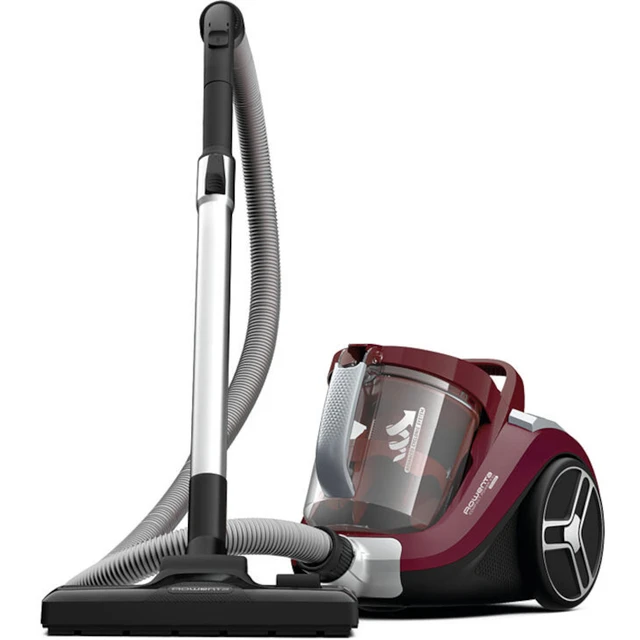
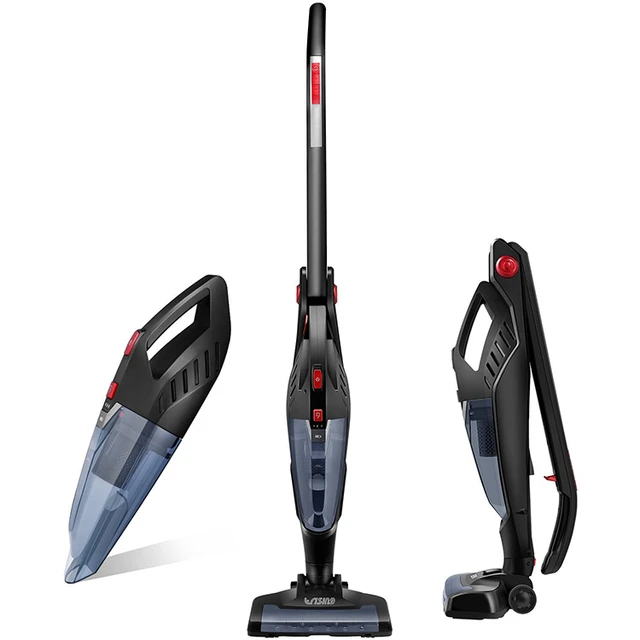
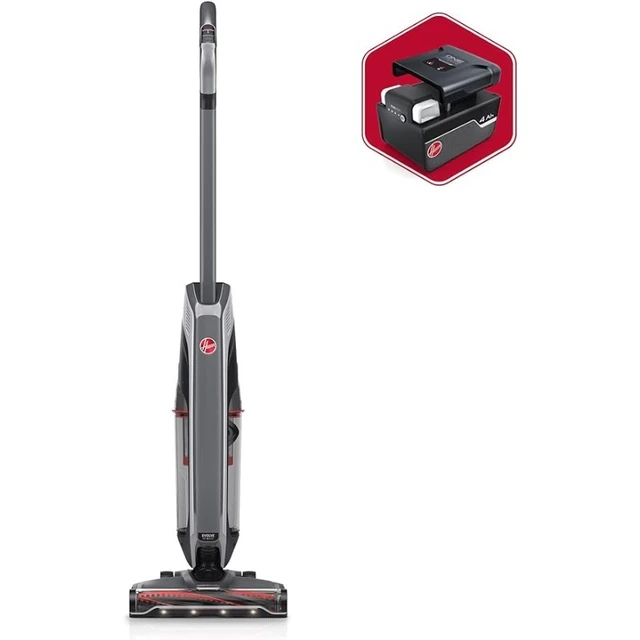

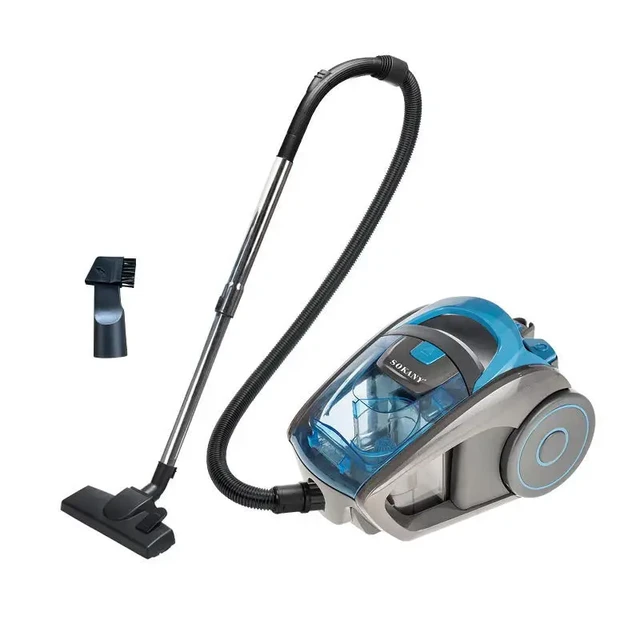
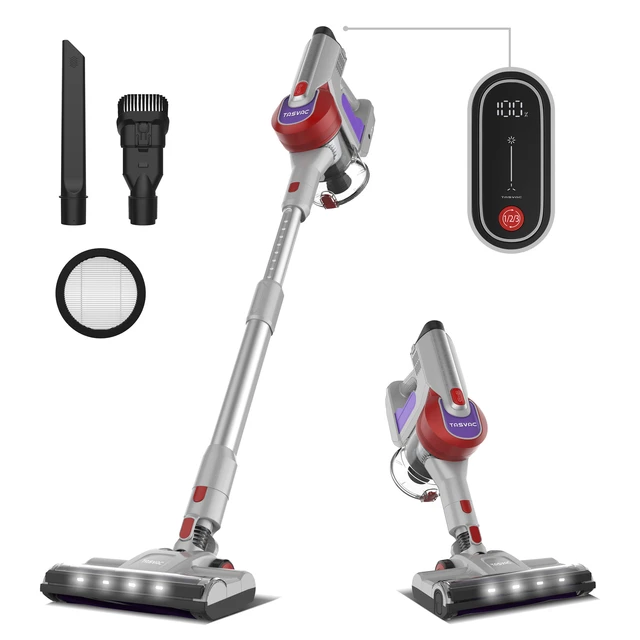




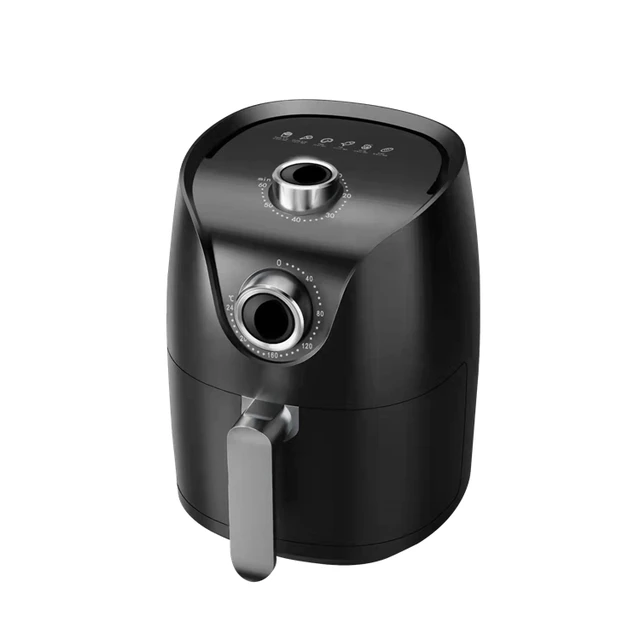


























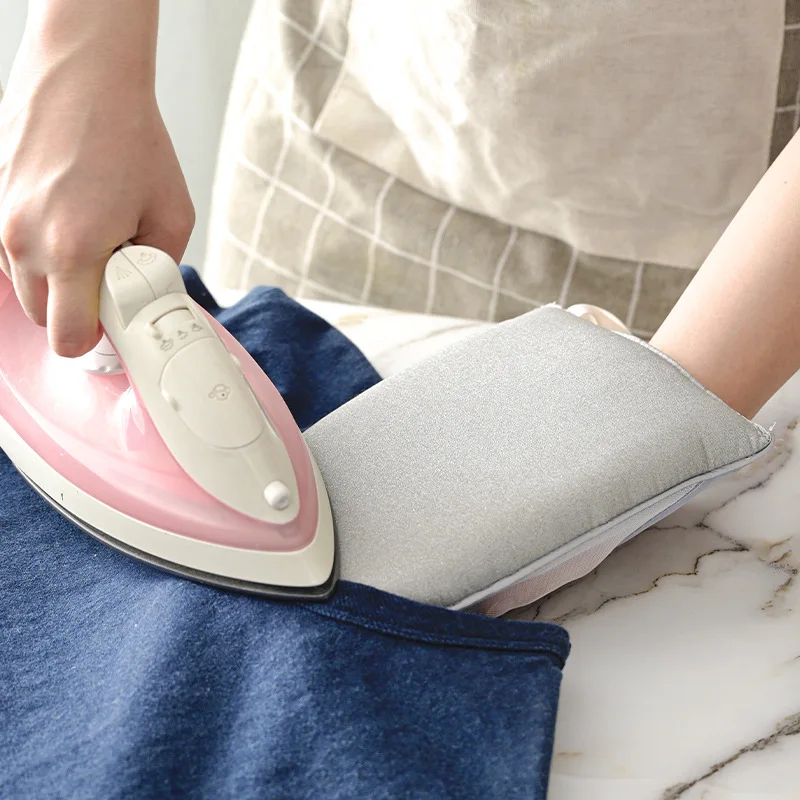 Introduction of iron stain on clothes of 2024:
Introduction of iron stain on clothes of 2024:





 Fastest way to iron clothes: Preparing for Efficient Ironing
Fastest way to iron clothes: Preparing for Efficient Ironing













